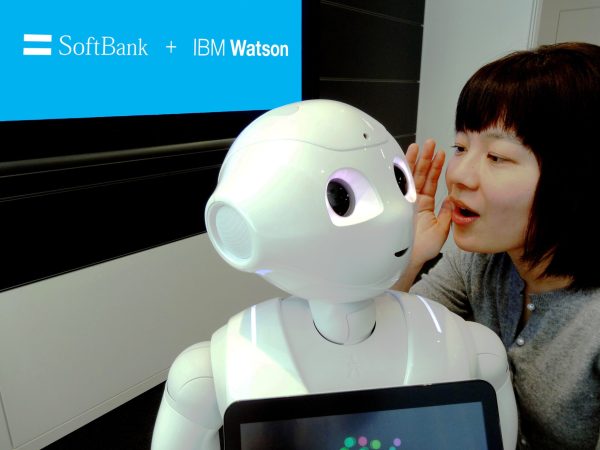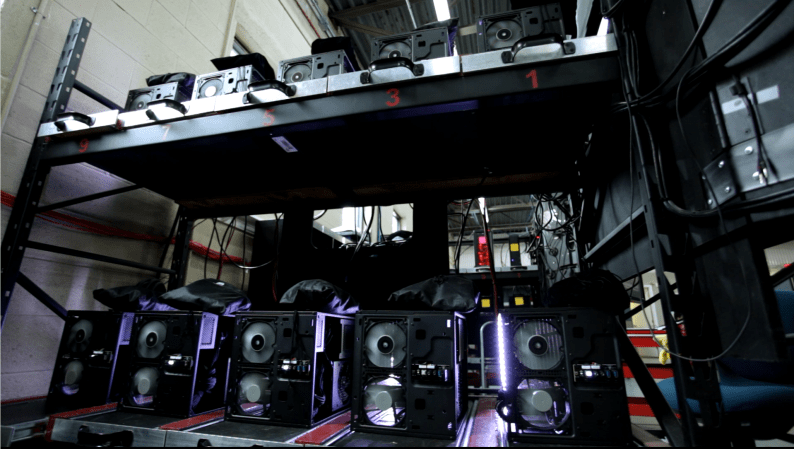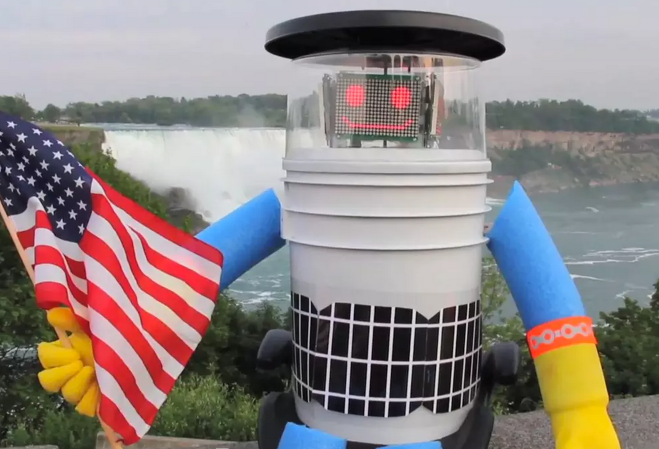Amazon recently purchased Ring, a company whose standout product is a doorbell that also doubles as a security camera. Ring markets these cameras as a way to keep your home more secure, or for you to answer the door from afar via a phone app. But they also position their products as a method to stop package thieves from nabbing your deliveries off your front steps, a problem they say affected 23 million people in the U.S. in 2015. (So you could imagine why Amazon is interested in the technology.)
This is not Amazon’s first move in the space. It bought another security camera company, Blink, back in December, which makes small devices that start at just $99 and run off AA batteries. And Amazon already offers its own electronic eye, the Cloud Cam. A version of that camera is part of a system called Amazon Key that the commerce giant has assembled: With the indoor Cloud Cam pointed at your door and a smart lock installed, Prime members in certain regions who are away from their home can allow their package deliverer to open their door and put the items safely inside.
It’s easy to see how Ring could help Amazon augment something they’ve already sometimes been doing—taking photographs of packages left for customers, which they say they do “to help customers see that their package was safely delivered and where.” Amazon could benefit from the data it collects through services like Amazon Key and video captured by Ring cameras.
But Amazon’s purchase of these security camera companies, plus their own Cloud Cam, is likely about more than just preventing package theft, says James McQuivey, a principal analyst at Forrester Research and a longtime Amazon-watcher. He notes that this area of technology has the potential to create a greater emotional connection between people and their smart-home devices than, say, a Nest learning thermostat does.
“The doorway has always been the potential for a much deeper, much higher frequency, connection to customers than just about any other thing in the digital home,” McQuivey says. “Think of it this way: You use it all the time—you go through the door—you care deeply about the people who go through that door, and you are very protective to make sure that other people don’t get through that door.” In other words: Amazon has a lot to gain if people trust them with safeguarding this space.
Focusing on security, and preventing package theft, may be just a concrete reason that Amazon can give customers to buy something like a Cloud Cam. Safeguarding packages from getting nabbed “is just a nice way to get permission to use cameras and locks on people’s doors,” McQuivey says.
The next step could involve artificial intelligence, learning from all the data the cameras collect. The cameras, connected with Alexa, could notice that a new face has become a familiar one, for example. “What can it tell us about ourselves,” he wonders, “about our safety, about our well being, about who matters to us in our lives?” (Important to note that Amazon’s Cloud Cam can’t yet do facial recognition—as other devices on the market can—but it still is able to detect when it sees a person versus just general motion.)
Amazon faces competition from other smart home camera-makers, like Nest, owned by Google, and Lighthouse, a startup. Generally, these types of devices all work the same way: The cameras work out of the box, but you need a subscription for more advanced features that require the power of cloud computing and storage. (With Amazon’s Cloud Cam, for example, you need to pay for a subscription service to get person alerts, versus just more general motion alerts.)
Nest, owned by Amazon rival, Google, offers a security camera called the Nest Cam IQ, which can give “person alerts”—in other words, it can differentiate between humans and the motion caused by other things, like pets, using only the processing power on the device. But with a subscription to a cloud-based service called Nest Aware, that same camera can then recognize familiar faces, and users can even label them in the Nest app so you can instruct the system who is who.
And then there’s Lighthouse, a new home security camera with an app that’s designed to be able to understand natural questions—you can ask it to alert you if your son is not home by a certain time, or if it sees a new face with your children. It can also do face recognition (with a subscription to the service) and includes a 3D sensor. That sensor uses infrared light to determine how far away the objects in the room are away from it, the same general way a self-driving car can perceive its environment.
What Nest, Lighthouse, and the Cloud Cam all have in common is that not only are they security cameras, they also have the ability to recognize faces, or detect people, a form of computer vision. Ultimately, McQuivey sees Amazon’s moves in the smart camera field as tying together with Alexa, and its overall strategy. “There will be computer vision matched with intelligence that will then start to say, ‘I’ve learned this about you,” he says, “‘and now I’m going to use what I’ve learned to be a better assistant for you.’” And, of course, possibly suggest products you could purchase off of Amazon.















